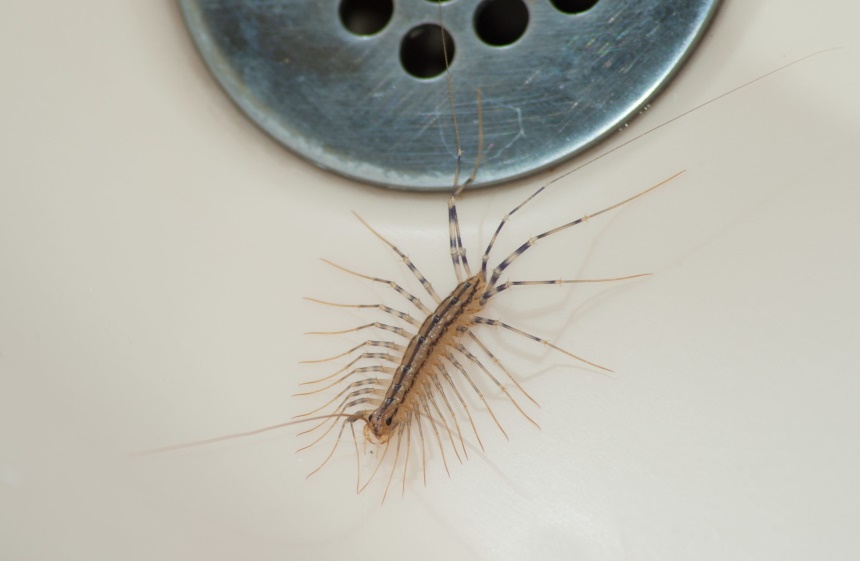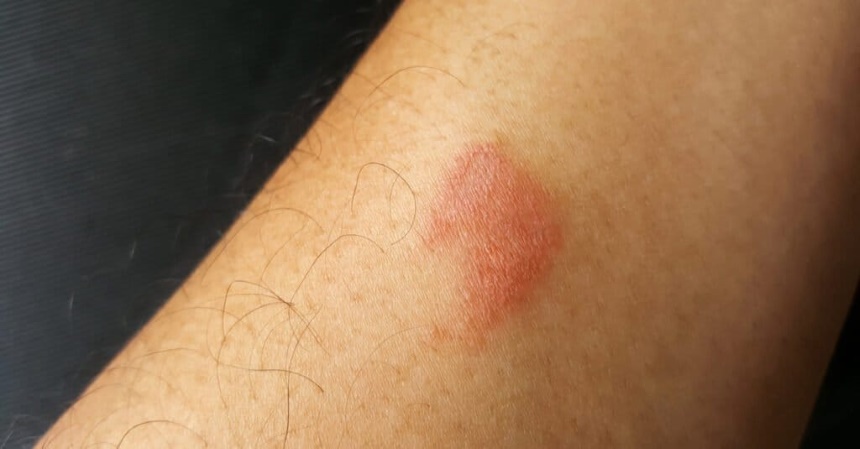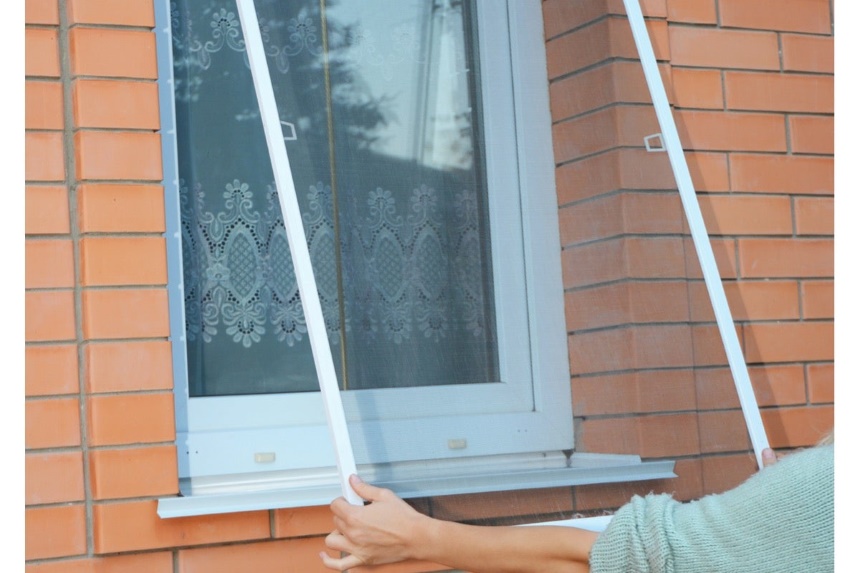

The many-legged creature, the centipede, is a creature that strikes fear in the hearts of any casual observer. Its squirmy, wriggly movements are enough to give goosebumps to home residents and throw them into a fit. Some of them are even venomous, causing allergic reactions and being a source of pain and discomfort to their human victims. It is no surprise then that when you spot a centipede in your house, you immediately think of ways to exterminate the vile creature from existence.
Before learning how to get rid of centipedes, you must know what it is and what attracts them. Many often mistake millipedes for centipedes and end up using methods of eliminating millipedes instead of that of centipedes. So, without further ado, let’s dive into the details.

Scutigera coleoptrata, as the science nerds call it, are elongated, flattened arthropods with numerous legs – one pair for each segment of their bodies.
Its horrid appearance and the nature of its scurry movements tend to scare people. In 1902, C.L. Marlatt, an entomologist, wrote in a Circular – The House Centipede: “It may often be seen darting across floors with very great speed, occasionally stopping suddenly and remaining motionless, presently to resume its rapid movements, often darting directly at inmates of the house, particularly women, evidently with a desire to conceal itself beneath their dresses, and thus creating much consternation.”
Scutigera coleoptrata and the house centipede are highly segmented arthropods. They usually present as greyish-yellow creatures with three stripes running longitudinally on their bodies.
They have 15 pairs of legs. The length of their legs are twice the size of their body, making them look bigger than they are; they are about one or one and a half inch in length.
Alongside the highly persecuted spider, they are natural predators of many of the insect pests we find in our homes. They have specialized fangs on their front legs called “Maxillipeds,” which they use to capture their prey.
The house centipedes lay their eggs in spring. When the egg hatches into the larva stage, it has only four pairs of legs. Additional legs and segments are added throughout the next six molts until they reach 15 pairs. Each molt produces 5,7,9,11,13 and eventually 15 pairs of legs. Some additional development occurs before they are sexually mature. The entire life cycle of this creature is approximately three years or perhaps longer.
They are abundant in the Mediterranean and not uncommon in houses on the North American continent.
You can find the house centipedes under boards, logs, rocks and other protected, damp locations outside. They are nocturnal beings, so you will only find them in dark areas. That’s why every homeowner hasn’t sounded the alarm even though they are ubiquitous. They also love damp, cool areas, e.g., unexcavated areas under the house.

In essence, we can say that they thrive in areas that are slightly unkept or disorganized.
Many mistake centipedes for millipedes but there are some key differences between the two. Centipedes have a single pair of legs per body segment while millipedes have two. This gives centipedes a much faster pace than millipedes. Additionally, centipedes are carnivores and will typically eat anything they can fit into their mouth including other centipedes, millipedes, insects, and spiders. Millipedes are mostly vegetarian and prefer to eat decaying leaves and other plant matter. Plus, centipedes can deliver a painful bite with their venomous fangs while millipedes are completely harmless. The ways of eliminating centipedes and millipedes also vary. If you discovered millipedes in your house, don’t waste your time and check out our guide on how to get rid of millipedes.
Centipedes are extremely hard to control due to their secretive nature and excellent at escaping. Getting rid of them has to involve disturbing their life biology and mechanisms. Let’s look at a few of them.




Cleaning the drains with vinegar or bleach makes your drains an unconducive environment for centipedes to pass through to your home.

In case you also want to learn how to get rid of bagworms, it is an effective method of killing them. Though they are basically harmless to mammals.
Insecticides are usually the gold standard for getting rid of any insects. It is very easy to use and is also highly efficient. But be careful with them as they can be poisonous if not used properly.
Insecticide sprays are easy to find and apply around the house. They are also affordable. An example of a spray insecticide is the Ortho Home Defense Insect Killer.
Insecticide dust can easily attach to the legs and bodies of the centipede, making it more effective on the pest.
Aerosols are by far the easiest to apply. They are especially useful for significant areas heavily infested with centipedes. You can apply them around cracks and crevices.
Pest control around the environment is a daunting task. It generally involves conditioning the environment against the centipedes.
Applying the preventive measures discussed in the next section is your best bet at getting rid of centipedes outside your house.
Preventing house centipedes is always better than getting rid of them. Some preventive measures toward house centipedes are as follows:
Grading is a good way of keeping the centipedes away. Slugs and centipedes love a damp area, and you can get rid of them by grading the soil around the house, thereby driving water away from the foundation of the building. If you want primarily focus on eradicating slugs, check out some tips on getting rid of slugs.
It would be best if you took care of the breaks in the wall to prevent the reentry of centipedes into the houses. Creating a barrier to reentry with concrete slabs will reduce the entry of centipedes into your home.
Cleaning up is simply the most logical thing to do. Rake the leaves regularly as centipedes and other insects can hide under them. Push any manure or heaps around your house as far away as possible.
Centipedes are creatures that don’t leave houses unless invited. Having good home hygiene helps you to prevent these creatures from your home.
A few things should be considered when you are learning how to get rid of centipedes in and around your apartment. In using insecticides, always read the instructions before you use them. Ensure you use them carefully to avoid positioning your water supply as they contain dangerous chemicals. Also, keep them away from children’s reach.
When you kill many centipedes in your home, it is a sign to call an expert exterminator into your home. You may have more than just centipedes at home.